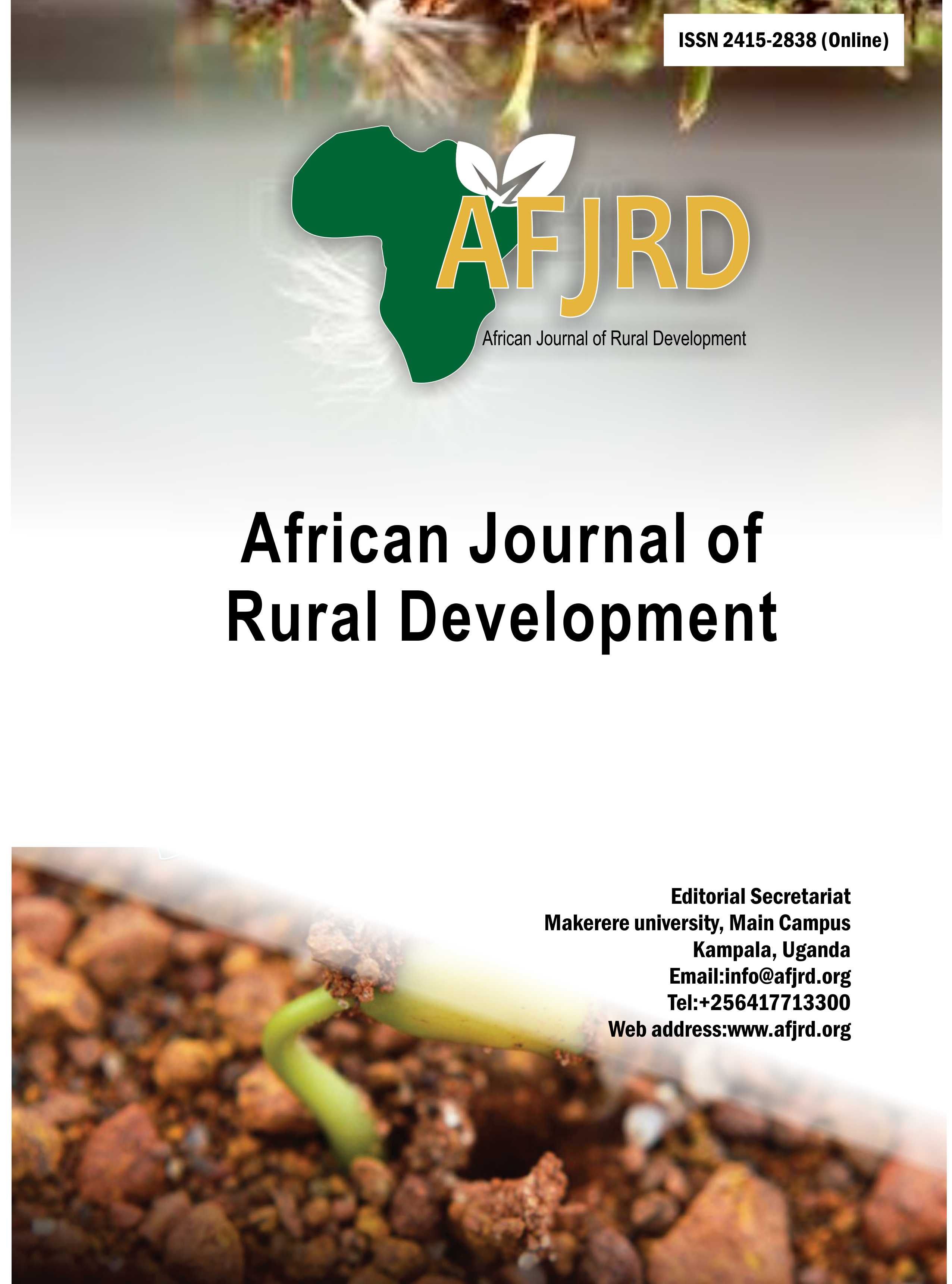Genetic variability, traits association and path coefficient analysis of spider plant (Cleome gynandra L.) landraces
Main Article Content
Abstract
Spider plant (Cleome gynandra L.) is a relatively understudied African indigenous vegetable that has the potential to provide affordable nutrients and improve the livelihoods and incomes of smallholder farmers. A study was conducted to assess genetic variability, correlation, and the potential for indirect selection for yield. A total of 16 landraces were evaluated in a 4x4 α-lattice design at MUAST Agro-Industrial Park and Horticulture Research Institute (HRI) during the 2022 and 2023 summer seasons. This study revealed genotypic variation among the landraces, with significant (p<0.05) differences observed in days to 50 % flowering (DF), plant height (PH), leaf length (LL), and edible fresh leaf yield (FY). High to moderate broad-sense heritability and percent genetic advance were observed for DF (0.74; 25.9%), PH (0.32; 11.6%), and FW (0.316%; 26.4%), demonstrating that these traits are controlled by additive gene effects and can be enhanced by selection. Additionally, significant (p<0.01) strong positive genotypic correlations were detected between FY and PH (rg=0.84) and between FY and DF (rg=0.76). Furthermore, the results of path analysis for edible fresh leaf yield showed a strong direct effect from PH (0.63) and DF (0.46), while a moderate direct effect was observed from LL (0.20). In conclusion, the results of this study indicate that PH and DF can be used for improving the edible fresh leaf yield of spider plant. Moreover, CGNPGRC353 and CGGURUVE showed superiority for DF, PH, and FY and have the potential to be used as donors or directly.
Article Details

This work is licensed under a Creative Commons Attribution 4.0 International License.
